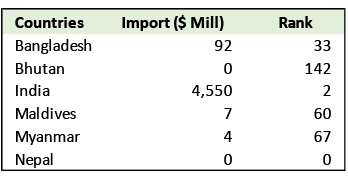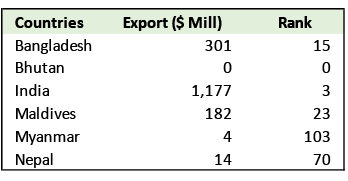Sri Lanka
Sri Lanka became a full member of SASEC in May 2014, together with Maldives, following several years as an active observer. Bangladesh, Bhutan, India, and Nepal formed the project-based partnership in 2001.
Sri Lanka is working toward achieving a people-oriented and open socioeconomic system that is focused on providing a decent quality of life for all. The report Sustainable Sri Lanka 2030 Vision and Strategic Path outlines Sri Lanka's aim to become a sustainable, upper middle income, Indian Ocean hub, with a prosperous, competitive, and advanced economy, an environment that is green and flourishing, and a society that is inclusive, harmonious, peaceful and just, through a balanced inclusive green growth (BIGG) approach. The report also highlights the country's aim to maximize its geostrategic potential to serve as an emerging transshipment and logistics hub as well as a commercial hub connecting different regions.
SASEC Projects in Sri Lanka
Since 2002, Sri Lanka has actively participated—as an observer, and then as a full member—in SASEC regional cooperation forums, knowledge-sharing activities, and capacity building. An ADB-supported project (worth $702.93 million) will help construct an elevated port access highway with related facilities, in line with SASEC operational priorities for transport. Six technical assistance projects (worth $6.88 million) support Sri Lanka’s energy and transport sectors.
Trade Snapshot
Direction of Intra-regional Trade
The value of Sri Lanka's merchandise exports and imports trade with other SASEC countries, using International Monetary Fund data from 2023, is captured in the tables below.
India is Sri Lanka's number 2 import source worldwide, with imported goods valued at over $4.5 billion.
India ranks 3rd as Sri Lanka's top export destination, with exported goods from Sri Lanka to India valued at around $1.2 billion. Bangladesh is its 15th top export market, with exports valued at $301 million.
Logistics Performance Index (LPI)
After garnering 2.6 in 2018, Sri Lanka posted an overall LPI score of 2.8 in 2023. This brings the country at rank 73 out of 139 economies for 2023, compared to 94 for 2018. Sri Lanka's best scores come from timeliness (3.3), tracking and tracing (3.0), and international shipments (2.8).
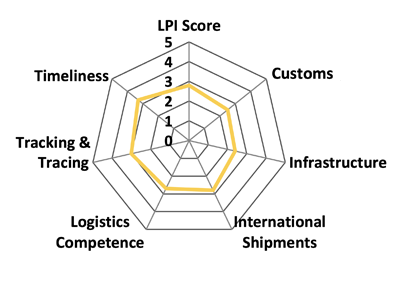
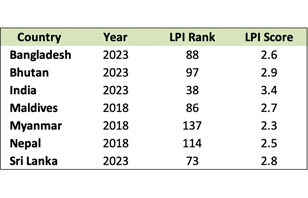

Source: World Bank LPI (accessed May 2023)
Note: The LPI overall score reflects perceptions of a country's logistics based on six core dimensions: (i) efficiency of customs clearance process, (ii) quality of trade- and transport-related infrastructure, (iii) ease of arranging competitively priced shipments, (iv) quality of logistics services, (v) ability to track and trace consignments, and (vi) frequency with which shipments reach the consignee within the scheduled time. The scores for the six areas are averaged across all respondents and aggregated to a single score using principal components analysis. A higher score indicates better performance.

Economic Outlook
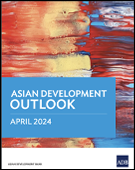
Amid economic recovery efforts, Sri Lanka's gross domestic product (GDP) is forecast to grow by 1.9% is forecast in fiscal year (FY) 2024 and 2.5% in FY2025 as construction and services register modest recoveries. Inflation will average 7.5% in FY2024 and could fall to below 6.0% in FY2025.
Source: Asian Development Outlook December April 2024 (ADB)
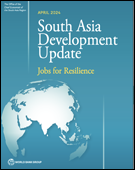
Coming off of growth in transport, accommodation, food, and beverage services in FY2023, real GDP in Sri Lanka is estimated to grow at 2.2% in FY2024, as modest recoveries are predicted for reserves, remittances, and tourism. In FY2025, real GDP is estimated at 2.5%, assuming continued implementation of structural reforms. Inflation in Sri Lanka is forecast to stay within the central bank’s target range.
Source: South Asia Development Update April 2024 (WB)

